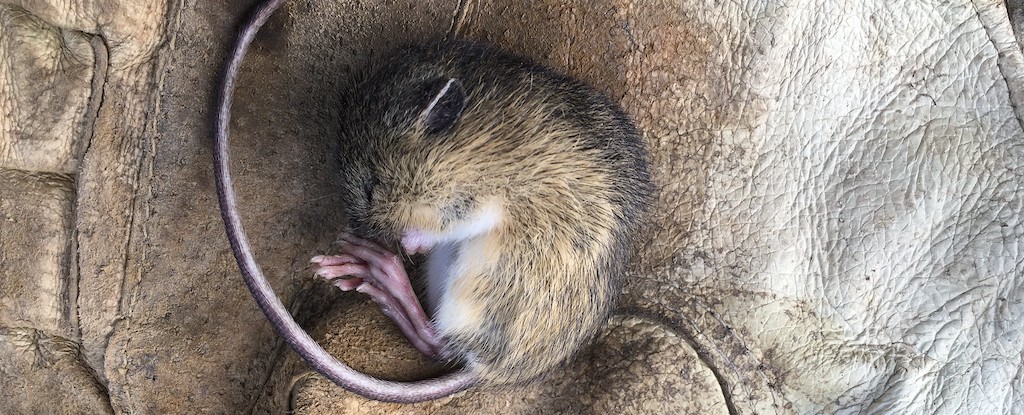Torpor is a state in which some mammals and birds reduce their body temperature and metabolic rate to safely sleep through tough times. Although humans do not naturally enter torpor, scientists have been intrigued by the idea of inducing torpor in humans to help some of them with life-threatening diseases or long space missions. A new study has found a safe, non-invasive way to induce a torpor-like state in mice and rats by using ultrasound to stimulate a particular brain region in the hypothalamus preoptic area that regulates sleep, body temperature, and metabolism. The study’s authors have built a wearable ultrasound transducer to stimulate neurons in the hypothalamus preoptic area and found that mice experienced a drop in body temperature and metabolic changes, similar to the shift they naturally make during torpor, at room temperature without environmental triggers.
Ultrasound-induced Hypothermia and Hypometabolism (UIH)
The study, led by Hong Chen, a biomedical engineer at Washington University in St. Louis, found that the intensity of ultrasound correlated with the depth of the torpor-like state. As the acoustic pressure and duration of the ultrasound rose, the mice showed more significant drops in body temperature and metabolism, a condition called ultrasound-induced hypothermia and hypometabolism (UIH). Chen and her colleagues developed an automatic closed-loop feedback controller to achieve long-duration and stable UIH by controlling the ultrasound output. The closed-loop feedback controller set the desired body temperature to be lower than 34 °C, which was previously reported as critical for natural torpor in mice. This kept the mice at 32.95 °C for 24 hours, and they returned to normal once the ultrasound was turned off.
Activation of TRPM2 ion channel
Upon examining the neurons’ activity patterns, Chen and her colleagues found a spike in activity corresponding with each ultrasound pulse, matching the changes in the mice’s body temperatures. They used genetic sequencing to reveal that the ultrasound was activating the TRPM2 ion channel in neurons of the hypothalamus preoptic area, demonstrating that it is an ultrasound-sensitive ion channel that plays a role in sending animals into UIH.
Inducing Torpor-like state in rats
The researchers also induced a torpor-like state in rats by using ultrasound to stimulate neurons in the hypothalamus preoptic area. They observed a decrease in the rat’s skin temperature and a drop of around 1 °C in core body temperature, similar to what happens to animals in torpor. Although inducing a torpor-like state in mice and rats is still far from sending humans into hypersleep, this study sheds new light on how torpor works and how to trigger a comparable state in animals, including species that don’t naturally experience it.
Potential of UIH
Chen says that UIH has the potential to achieve the long sought-after goal of inducing the torpor-like state non-invasively and safely. Ultrasound stimulation can non-invasively reach deep brain regions with high spatial and temporal precision in animal and human brains. The study has revealed valuable insights into how torpor works and how to trigger a similar state in animals. If this technique is developed further, it could have significant implications for humans, particularly in space travel and medical care.



Leave a Reply